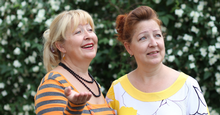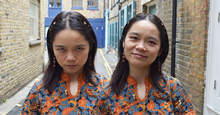Jung & Archetypes
The Pearson-Marr Archetype Indicator® (PMAI®) experience is rooted in the theories of C. G. Jung. Jung's view of archetypes, a concept he didn't coin but was the first to apply to the structure and experience of the psyche or mind, is based on his understanding of the various levels of the conscious and unconscious.
Personal Unconscious
Jung's theory makes a distinction between two levels of the unconscious: a personal unconscious and a collective unconscious. The personal unconscious contains contents that were at one time conscious, but which were subsequently forgotten, repressed, or dissociated from the conscious ego-identity because of the painful and negative emotional charge they hold.
Collective Unconscious
In Jungian psychology, the personal unconscious rests above a deeper layer, the collective unconscious. A major distinction between the personal and collective unconscious is that the former is primarily personal content acquired throughout one's life. The collective unconscious, on the other hand, is the same for all people, and consists of forms, or templates, without content. These forms Jung called the archetypes (from arche, meaning origin or first cause; and typos, meaning the mark of a blow, thus emphasizing the dynamic aspect of the concept).
Archetypes
The theory of archetypes is often misunderstood as inherited ideas and images existing in the unconscious, passed on whole from our ancestors. Jung stated that the archetypes are "a functional disposition to produce the same, or very similar, ideas" (Jung, as quoted in Lewis 1989). That is, archetypes are the human predisposition to perceive universal patterns and generate similar images to represent them.
Thus, archetypes are the more general layer of complexes, such as a mother complex and a parental imago (image or archetype). In this example, the mother complex is composed of emotionally charged memories and interpretations about you, your mother, and the relationship between you. The parental imago, or the level of archetype, is the universal symbolic layer of Mother that all human beings experience intimately in some way (even an orphaned child has an image, interpretations, and typically strong emotions around their mother). Our personal mother is the actual, local carrier, for us, of the universal archetypal experience of Mother, while cultural definitions and images of Mother mediate between these two levels.Jung made a metaphorical comparison with a crystal structure to explain archetypes. Each drop of water, for example, has the potential within it to form a six-sided crystal (a snowflake), but that potential is only manifest in visible form under certain conditions. And when it is manifest, each snowflake will be unique, although they all share a common structure. We can view archetypes as the crystalline structure of the human psyche - when conditions are right, archetypal images, symbols, and patterns will manifest in a person's mind, emotions, behaviors, relationships, and events.
Typically, this manifestation of an archetype as an archetype is unconscious to us; but when we become conscious of the archetypal qualities and characters active in our life, we can deepen our self-awareness, self-responsibility, and empowerment because we can claim our own psychological material and consciously grow through it. This process of self-growth through becoming aware of, learning from, and claiming the archetypes driving our lives Jung called individuation. The principles and theory of archetypes and individuation are the foundation of the PMAI system.




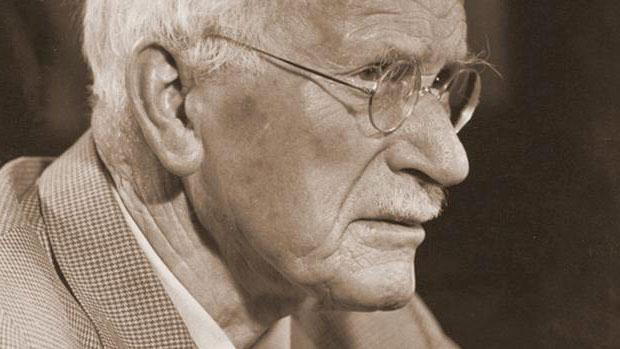





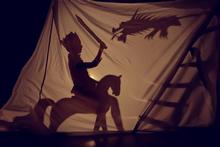


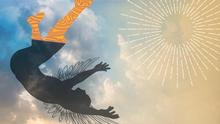
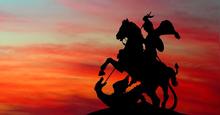








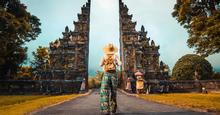
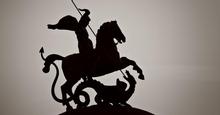
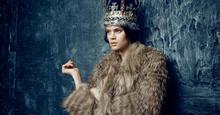

_thumb.png)
_thumb.png)
_thumb.png)
